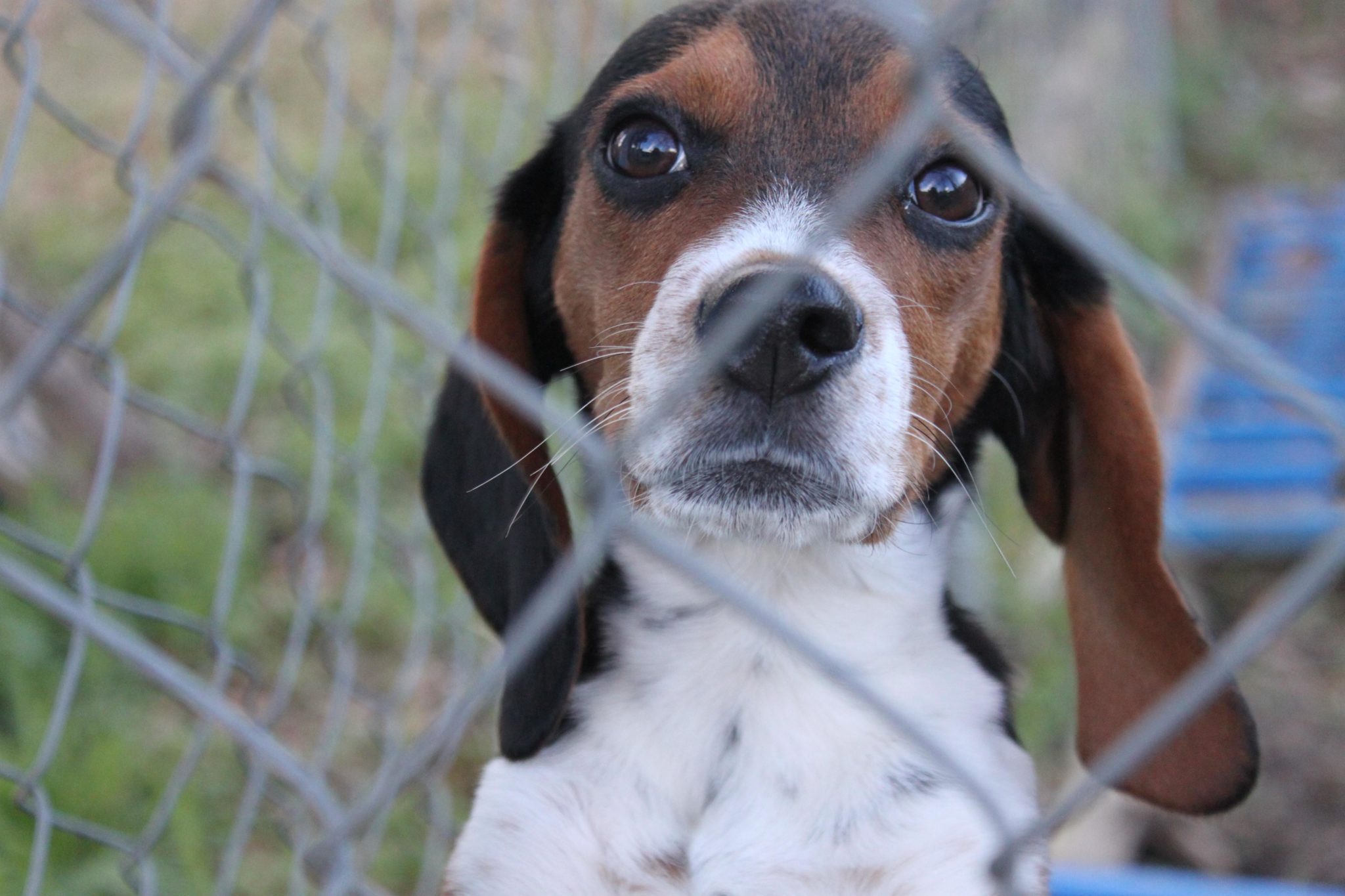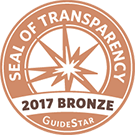THE SOLUTION
“Two decades ago, the concept of a No Kill community was little more than a dream. Today, it is a reality in many cities and counties nationwide and the numbers continue to grow. And the first step is a decision, a commitment to reject the killoriented failures of the past. No Kill starts as an act of will. The next step involves putting in place the infrastructure to save lives.”
The No Kill Advocacy Center
The goal of a no kill shelter is to save all healthy and treatable animals, allowing euthanasia only for the incurable and irremediably physically suffering animals, as described in A Lifesaving Matrix, a publication of the No Kill Advocacy Center http://bit.ly/HX8ssr
Nathan Winograd speaks about the No Kill Movement:
The No Kill Equation enables open admission shelters to save all healthy and treatable animals, regardless of considerations for space, cost or time.
While Pima County’s public shelter, Pima Animal Care Center, had a live release rate of 86% in FY 2018, we know there were many more who could have been saved if we all work together to meet their needs. The ultimate goal is saving the savable, regardless of the number. A comprehensive implementation of the No Kill model can and does result in this level of success.
ULTIMATELY, success is not defined by a number.
It is defined by
the lifesaving measures achieved for savable animals.
Healthy: Conditions such as fleas, ear mites, or pregnancy do not change the animal’s status from being healthy since they are resolved through professionally standard routine shelter care or, in the case of pregnant animals, through giving birth. Healthy also includes animals who are exhibiting behaviors considered normal for the species such as house soiling, territorial marking, barking, chewing, poor manners, digging or scratching behavior. Likewise free-living community cats who are inhibited in social interactions with humans are not exhibiting abnormal behavior for the species. The animal may be blind, deaf, old, or missing a limb, but as long as the animal is healthy, she meets the definition.
Treatable: Any animal who is sick or injured, whose prognosis for rehabilitation of that illness and/or injury is excellent, good, fair, or guarded. An animal does not have to be “cured” to be treatable. For instance, a diabetic cat may never be cured but she is likely to live a normal life with insulin supplementation. Moreover, aggression in dogs is treatable depending on the severity of the aggression and the prognosis for rehabilitation.
Euthanasia is reserved for the incurably suffering and dogs determined by a court to be vicious and ordered to be put to death.
 Communities all across the country are proving the animals that are truly in need of humane euthanasia or present a danger to the public represent between 2% and 10% of the animals coming to an open admission shelter.
Communities all across the country are proving the animals that are truly in need of humane euthanasia or present a danger to the public represent between 2% and 10% of the animals coming to an open admission shelter.
Irremediably Suffering: An animal with a medical condition who, despite prompt and necessary medical care, has a poor or grave prognosis for being able to live without severe, unremitting pain. Learn more at No Kill Advocacy Center’s Defining No Kill
Dangerous Dog: “Dangerous Dog” is a dog adjudicated to be vicious by a court of competent jurisdiction and ordered killed by that court, where all appeals of that judicial determination have been unsuccessful.
The No Kill Equation includes 11 essential components. When all components are COMPREHENSIVELY implemented, it has proven to result in live release rates over 90%.
The programs and services of the No Kill Equation are:
I. Feral Cat TNR Program
Trap Neuter Return (TNR) is the proven most effective long-term solution in managing feral cat populations. It reduces population and stabilizes territories. Progressive communities across the country have embraced TNR to drastically reducing shelter intake and save lives of both feral and adoptable cats.
II. High Volume, Low-Cost Spay/Neuter
Low or no-cost, high volume spay/neuter programs are a key component to reducing shelter intake, and become especially effective
over time. Reducing intake allows for additional resources to be allocated to other shelter necessities.
III. Rescue Groups
Rescue groups are an invaluable element of the No Kill Equation. Any transfer of an animal to a rescue group from a traditional shelter reduces taxpayer cost for vet care and boarding (or destroying), in addition to freeing up a space for other animals. A transfer to a legitimate rescue should never be refused by a shelter.
IV. Foster Care
Foster care is an irreplaceable way to drastically expand shelter capacity. Volunteer foster parents provide temporary boarding, food and care for animals, and serve as key advocates for the shelter’s mission. These programs also save the lives of neonatal kittens and other animals who cannot survive in a shelter environment.
V. Comprehensive Pet Adoptions
There are enough homes for our nation’s homeless pets with significantly more families looking for pets each year than the estimated 3-4 million killed in shelters (Humane Society of the Unites States estimates 2.7 million, ASPCA estimates 3-4 million). Shelters must compete with outside sources of animals and implement effective marketing programs (adoption specials, multiple/daily offsite adoptions etc.) to get pets out the door. You can adopt your way out of killing, but it takes hard work and innovation.
 VI. Pet Retention
VI. Pet Retention
Many of the reasons people surrender their animals are preventable, but shelters must work with the public to help them retain their animals. Offering assistance, information and referrals to community resources to those in need, shelters can reduce intake and keep families together.
VII. Medical and Behavior Rehabilitation
A key part of any shelter’s responsibility is to insure the health & well-being of its inhabitants. Animals must be treated for medical conditions and rehabilitated for behavioral issues. This step includes the implementation of proper cleaning/sanitation, vaccination, evaluation and other best practice protocols.
VIII. Public Relations/Community Involvement
Community support is key to No Kill success. By increasing public awareness, the community will get involved, which means more donations, more volunteers, more adoptions and more life-saving success.
IX. Volunteers
No Kill efforts cannot succeed without volunteers. They expand the shelter’s operational efforts without necessitating additional expense. They are invaluable, and the backbone of any successful shelter.
X. Proactive Redemptions
Actively working towards RTO (return to owner) efforts can drastically reduce shelter intake and release needed resources to care for those that have no home. In Washoe County, Nevada, nearly 65% of intakes are returned to their owners, demonstrating the high percentage of animals that need only be redeemed.
XI. Leadership
The number one most important factor in reaching a No Kill community is effective leadership who dictate the policies & procedures of the organization. If leadership makes a commitment to stop the killing – it will stop. A shelter’s leader must be progressive, compassionate and hard-working or other efforts are likely to fail.
For further reading, visit our Resources page


